Bird watching in Uganda can be enjoyed throughout the year, but the dry seasons, which fall between December and February and again from June to September, are generally considered the most favorable. During these months, the weather is more predictable, trails are easier to navigate, and visibility in forests and wetlands is clearer. Bird species are also more concentrated around water sources, making sightings along rivers, lakes, and channels particularly rewarding. For photographers, the dry months offer brighter skies and ideal lighting conditions for capturing Uganda’s vibrant birdlife.
The wet seasons, from March to May and October to November, bring their own unique advantages for birders. These months coincide with the arrival of migratory species from Europe and northern Africa, which greatly increases the diversity of birds present. Forest habitats such as Bwindi and Kibale flourish with food, encouraging breeding and nesting activity that provides exceptional opportunities to observe rare behaviors. While trails may become muddy and travel more challenging, the lush green landscapes and abundance of birds make this period especially rewarding for dedicated birdwatchers.
Ultimately, the best time depends on the preferences of the traveler. Those seeking comfort and ease of movement may prefer the dry seasons, while enthusiasts eager for migratory sightings and breeding activity may find the wet months irresistible. Regardless of when one visits, Uganda’s incredible avian diversity ensures that bird watching remains a deeply fulfilling experience throughout the year.



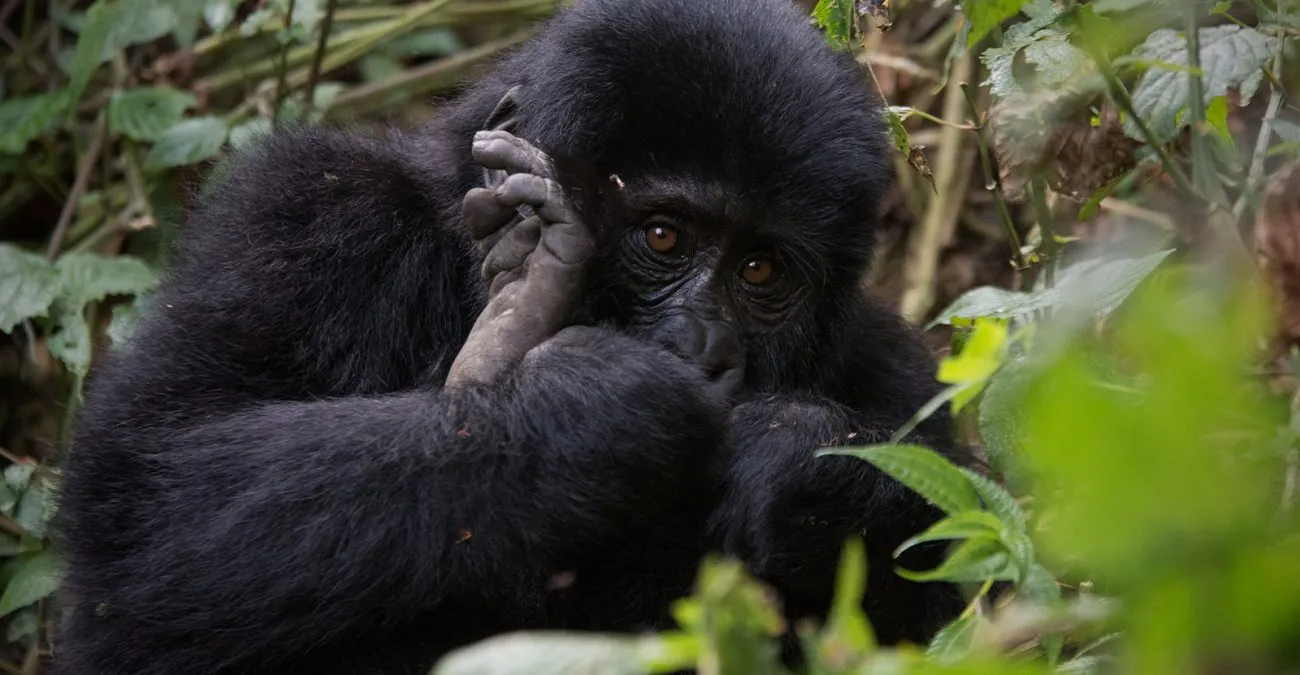
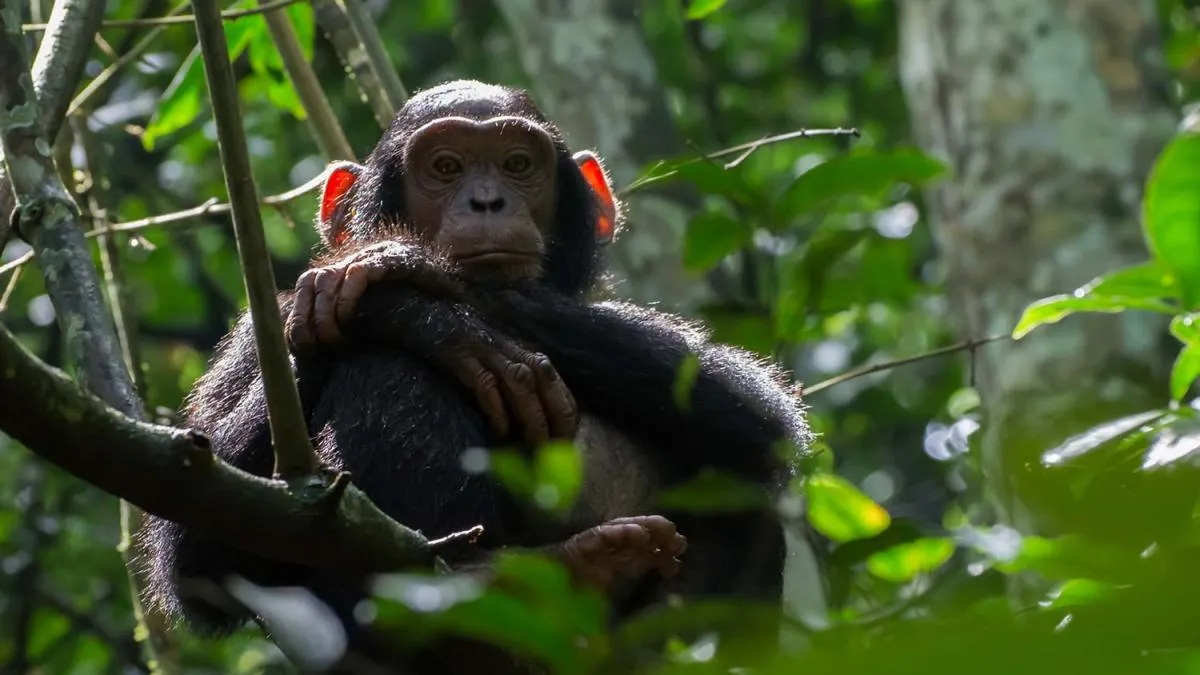
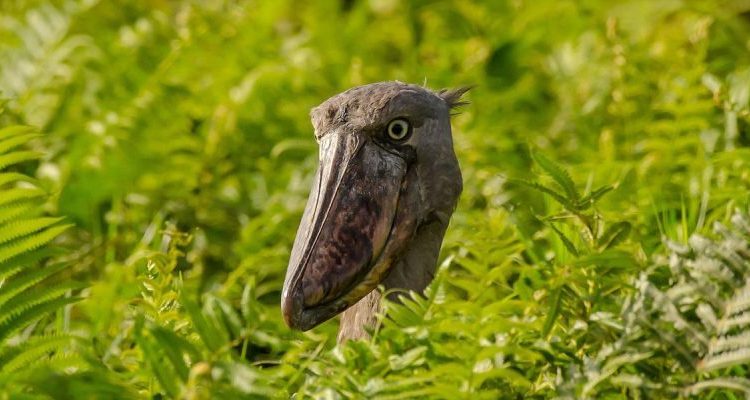


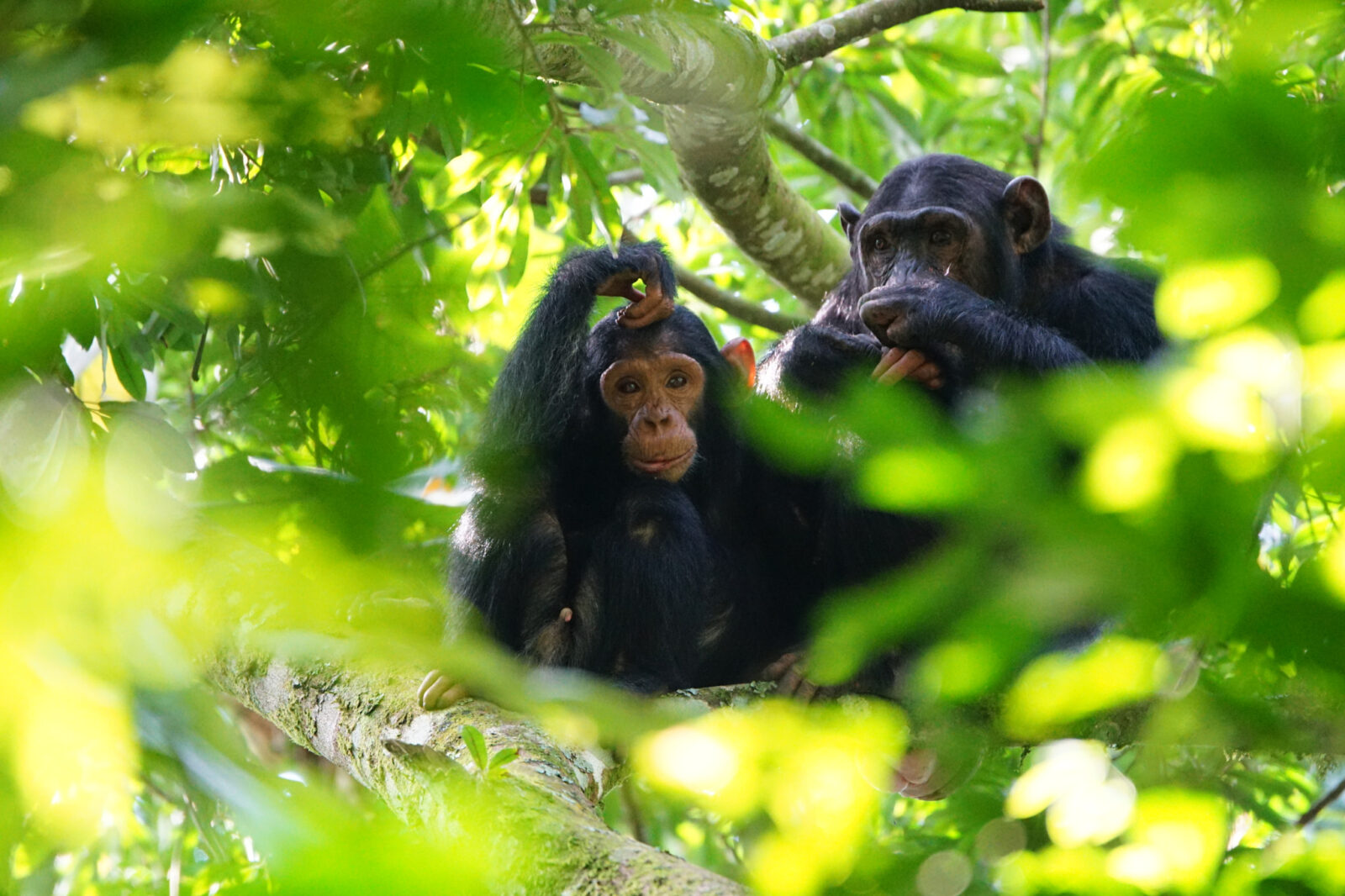
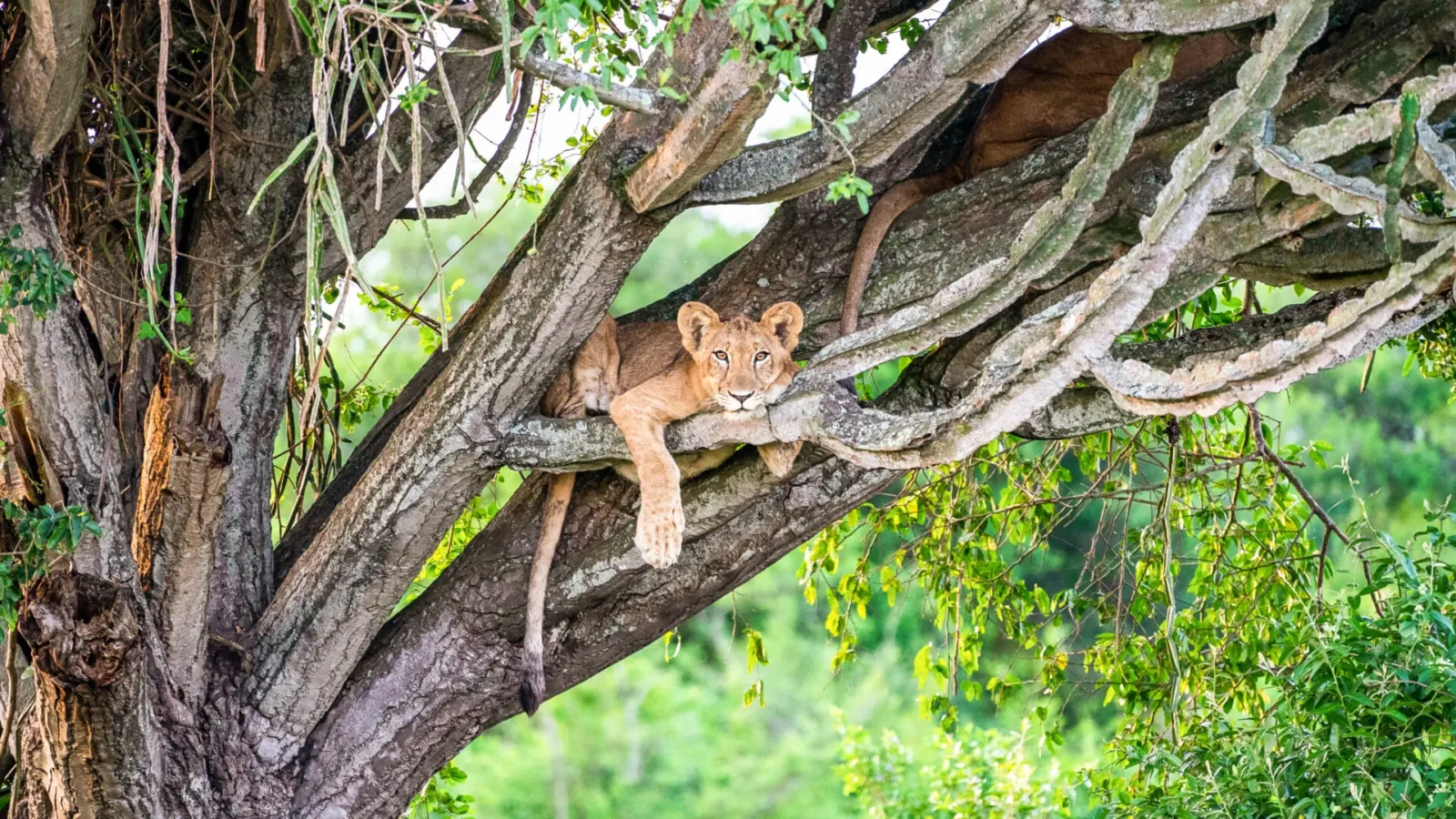
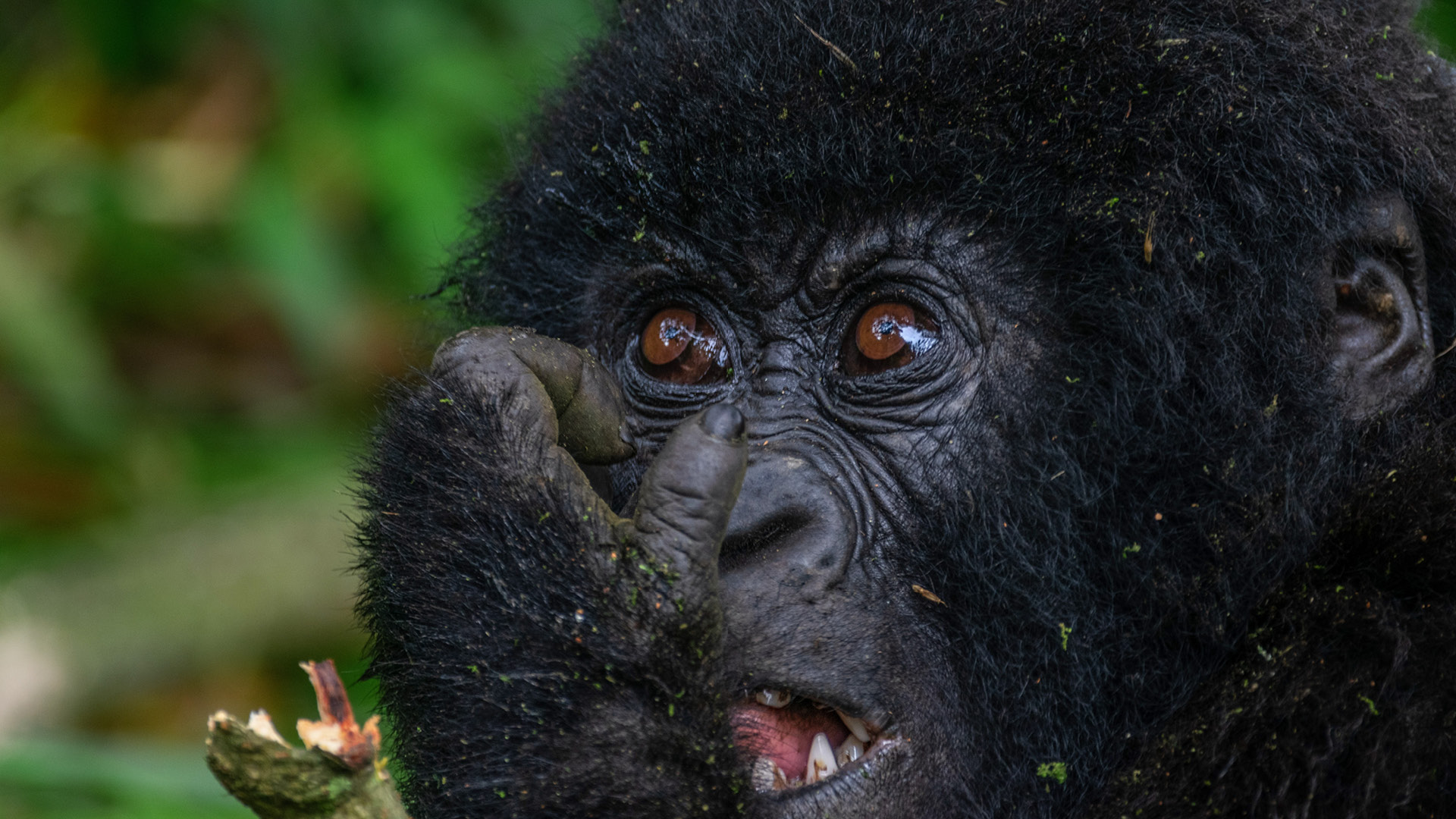





 WildHorn Africa – Authentic and unforgettable tours across Africa, guided by local experts who know the land, wildlife, and culture best.
WildHorn Africa – Authentic and unforgettable tours across Africa, guided by local experts who know the land, wildlife, and culture best.


